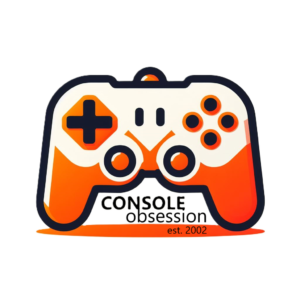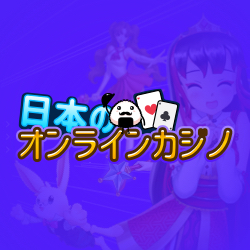Ninja Reflex DS Review
The wisdom of games reviewers is best given in small doses… This is essentially a “training” game wrapped in a ninja theme, designed to improve your reflexes. But will it walk away with the Console Obsession black belt?
The first step is to create a game save by giving your ninja a name. The shuffle function creates some fun combinations of description and object. My first selection was Amazing Primate, which seemed somehow appropriate. As you play, more names are unlocked.
There are six categories of game, each with two mini-games initially unlocked. Introducing each game and passing on words of wisdom is the Sensei, an animated character. He will be involved in some of the games, and will also talk you through the meditation section.
SHURIKEN requires you to tap the screen to lock onto a target and make an upwards motion with the stylus to throw. Later rounds add geisha targets that must not be hit. In HASHI, the player uses chopsticks to catch a fly and drag it to one of three coloured bowls onscreen. Later rounds add colour-coded flies. At the KOI pond, the player’s hand follows the fish and then attempts to grab it when it surfaces. Care must be taken not to scare the fish, and the smaller it is the bigger the points. With the KATANA, blocks are made by drawing a stroke towards the opponent’s sword and then the opponent killed with a second stroke. HOTARU sees the player grabbing fireflies, with reaction times becoming more important. Finally, the NUNCHAKU rounds require the player to follow a figure of eight pattern to swing the nunchaku, and then pressing L or R to strike at the objects thrown at them by the sensei.
Successfully completing all the mini-games in a category gives the player a jewel, and when five jewels have been earned Sensei will offer a belt test. These consist of three random games, and the player is graded at the end on their performance in each. If the overall grade is high enough, the player is awarded the belt and a new mini-game in each category is unlocked. The multiplayer is simply a case of taking turns on a single DS, with the winner chosen on score and reaction time. Multiplayer also has a choice of three difficulty levels to test you further.
Ninja Reflex is fine in theory, but in execution it is somewhat lacking. There is not enough variety in the mini-games, and repeating them several times to gain higher belts becomes a chore as the targets become harder. This is especially apparent in the Shuriken game “Hide & Seek” where luck often dictates whether you succeed at the higher belts. The Katana rounds in particular suffer from imprecise controls, but in general the touch screen works well. Presentation is a mixed bunch, the vocal samples are nice and clear but the combination of the 3D polygonal Sensei and the “antique” rice paper cut scenes somehow doesn’t gel.
The major problem is the feedback from the game. In some games you are very aware of what is happening. But then it throws a spanner in the works during a belt test. You are given the option to abandon a test, but have nothing to base that decision on – it would have been much better if it told you your grade for the preceding round, so you can judge whether it is worth restarting or continuing. As mentioned before, the Katana round suffers because it is never made clear where on the screen you have to perform the stroke, and too often the opponents (who are ghosts and demons) will fade away before you can land the killing blow. While there are some nice twists in the later mini-games – like scaring the fish away, or picking a single colour-coded fly out of the swarm – the core mechanics are always the same. The most galling moment of all for me came when I completed the belt test for Black Belt 3rd Grade (the highest level of the game); after the funny if overlong credits sequence, my character was instantly reset to White Belt.
Ninja Reflex sits uncomfortably between casual and hardcore. In single player mode the difficulty increases rapidly but the interest level is badly blunted by the repetition of stages. To use an analogy, it is a highly polished sword that lacks a cutting edge.
6/10







